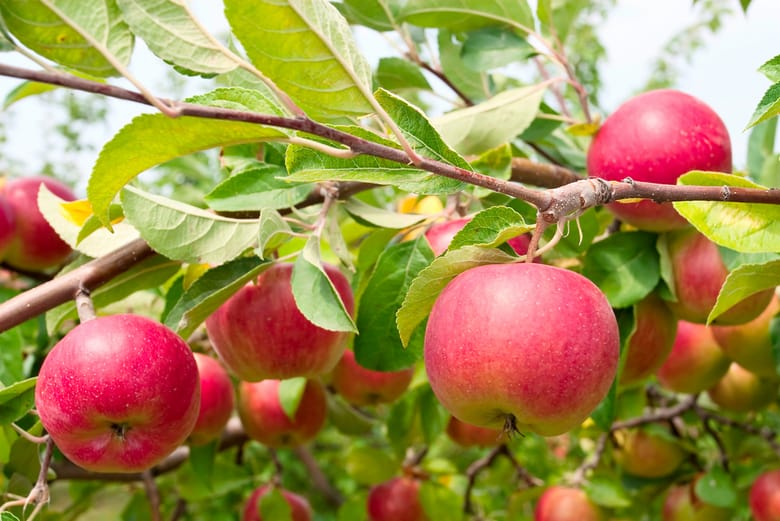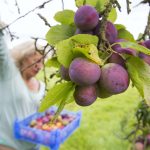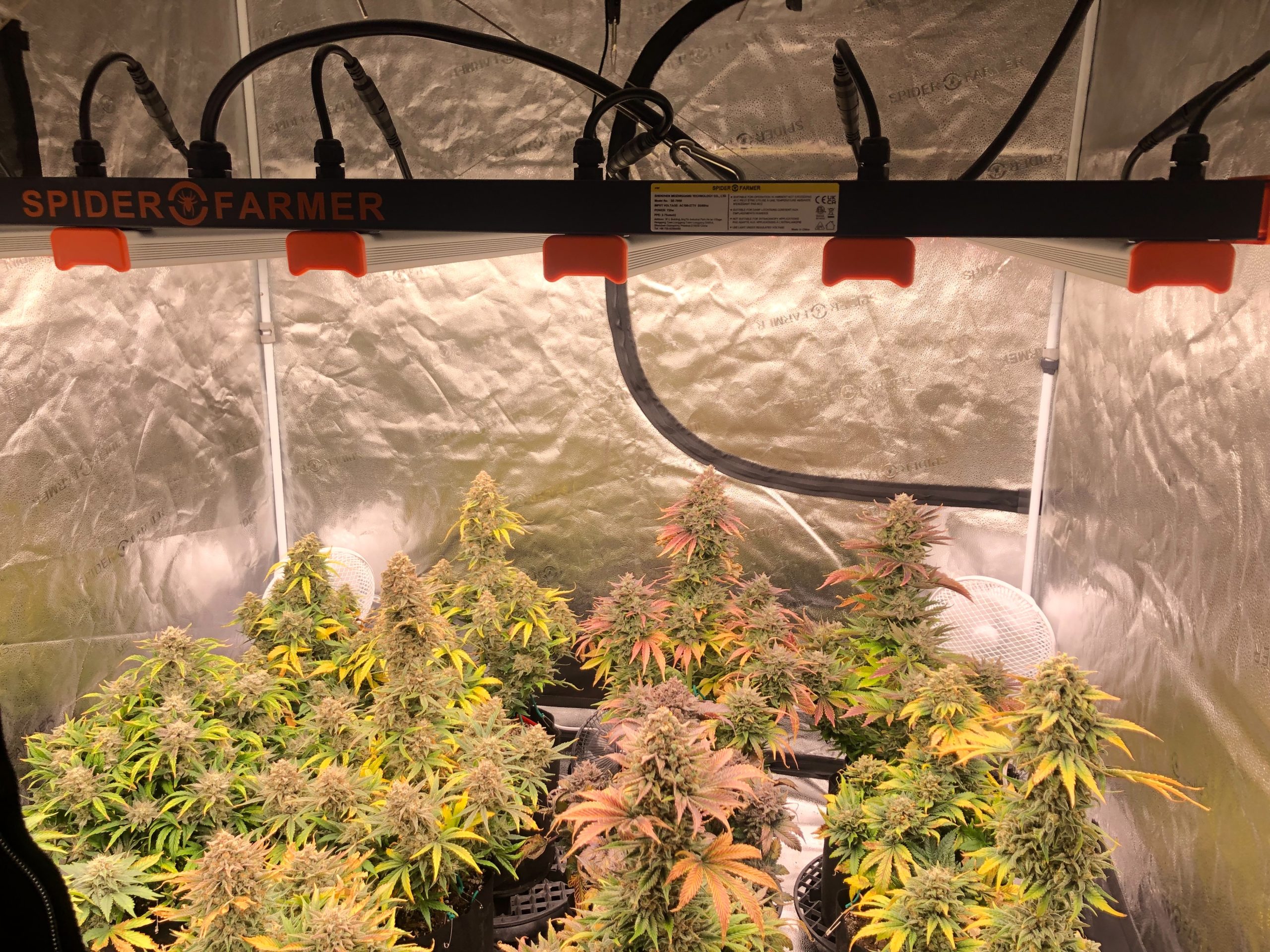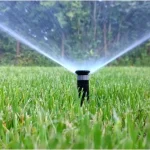Organic apple growing emphasizes the use of natural processes and inputs to cultivate healthy trees and produce. This approach rejects synthetic fertilizers, pesticides, and herbicides, focusing instead on soil health, biodiversity, and natural pest management. The goal is to create a balanced ecosystem where apple trees can thrive without harming the environment.

Content
Choosing the Right Apple Varieties
Selecting the appropriate apple varieties is crucial for successful organic cultivation. Some apple varieties are more resistant to diseases and pests, making them ideal candidates for organic growing. For British growers, traditional and heritage varieties often perform well, as they are adapted to local conditions. Additionally, considering the climate and soil type of your location will help in choosing varieties that will thrive in your garden.
Preparing the Soil
Healthy soil is the foundation of organic apple growing. Before planting, it’s essential to test your soil to determine its pH and nutrient levels. Apple trees prefer slightly acidic to neutral soil (pH 6.0-7.0). Based on the test results, you can amend the soil with organic matter such as compost or well-rotted manure to improve its structure and fertility.
Incorporating green manures and cover crops into your soil preparation can also enhance soil health. These plants add organic matter, improve soil structure, and increase nutrient availability. Leguminous cover crops, such as clover or vetch, can fix nitrogen from the air, providing a natural source of this essential nutrient for your apple trees.
Planting Apple Trees
The timing and method of planting are critical for the successful establishment of apple trees. In Britain, the best time to plant trees of apples is during the dormant season, from late autumn to early spring. This period allows the trees to establish their root systems before the growing season begins.
When planting, dig a hole that is twice as wide and as deep as the root ball of the tree. Loosen the soil at the bottom of the hole to encourage root penetration. Place the tree in the hole, ensuring that the graft union (the point where the rootstock and scion meet) is above the soil level.
Mulching and Watering
Mulching is an essential practice in organic apple growing. Applying a thick layer of organic mulch, such as straw, wood chips, or compost, around the base of the tree helps retain soil moisture, suppress weeds, and improve soil structure. Mulch also provides a habitat for beneficial organisms that contribute to soil health.
Consistent watering is crucial, especially during the first few years after planting. Newly planted trees require regular watering to establish their root systems. However, overwatering can lead to root rot and other issues. It’s important to maintain a balance, ensuring that the soil remains moist but not waterlogged.
Pruning and Training
Pruning and training are vital for the health and productivity of apple trees. Proper pruning improves air circulation, reduces disease pressure, and shapes the tree for better light penetration. Most case studies show that pruning should be done during the dormant season, typically in late winter or early spring.
There are several pruning techniques, but the most common for apple trees is the open-center or vase shape. This method involves removing the central leader and encouraging the growth of outward-facing branches. This shape allows for better light distribution and air circulation, which are crucial for reducing the incidence of fungal diseases.
Training young trees to develop a strong framework is also important. Use stakes or trellises to support the branches and guide their growth. Regularly inspect and adjust the training supports to ensure that the tree develops a balanced and sturdy structure.
Natural Pest and Disease Management
Managing pests and diseases organically requires a proactive approach and an understanding of the ecosystem in your orchard. Beneficial insects, such as ladybirds, lacewings, and predatory wasps, play a significant role in controlling pest populations. Encouraging these beneficial insects by planting diverse flowers and providing habitats can help keep pest numbers in check.
Companion planting is another effective strategy. Planting herbs and flowers like marigolds, nasturtiums, and garlic near your apple trees can repel pests and attract beneficial insects. Additionally, maintaining a diverse orchard with a variety of plants can disrupt pest life cycles and reduce the risk of severe infestations.
For disease management, choosing disease-resistant varieties is the first line of defense. Regularly inspect your trees for signs of disease and remove any infected plant material promptly. Proper pruning and spacing of trees can improve air circulation, reducing the humidity that favors fungal diseases.
Fertilization
Organic fertilization focuses on building soil fertility through natural inputs. Compost, well-rotted manure, and organic fertilizers provide essential nutrients while enhancing soil structure and microbial activity. These organic amendments release nutrients slowly, providing a steady supply to the apple trees throughout the growing season.
Foliar feeding, the application of liquid fertilizers to the leaves, can also be beneficial. Organic options like seaweed extract or compost tea provide micronutrients and stimulate plant growth. Foliar feeding is particularly useful during periods of rapid growth or stress.
Harvesting and Storage
Harvesting apples at the right time ensures the best flavor and storage quality. Apples are typically ready for harvest when they reach their full color and come off the tree easily with a slight twist. Taste-testing a few apples is a good way to determine their ripeness.
Proper storage is essential to maintain the quality of your apples. Store apples in a cool, dark, and humid environment, such as a cellar or refrigerator. Avoid storing apples with other fruits and vegetables that produce ethylene gas, which can accelerate ripening and spoilage. Regularly inspect stored apples and remove any that show signs of decay to prevent the spread of rot.
Sustainable Practices
Sustainability is at the heart of organic apple growing. Beyond the avoidance of synthetic chemicals, sustainable practices include conserving water, enhancing biodiversity, and reducing waste. Rainwater harvesting and efficient irrigation systems can minimize water use. Planting a variety of fruit trees, shrubs, and flowering plants creates a diverse and resilient ecosystem.
Composting orchard waste, such as pruned branches and fallen leaves, returns valuable organic matter to the soil and reduces waste. Additionally, practicing crop rotation and cover cropping can improve soil health and reduce the risk of soil-borne diseases.
The Role of Pollinators
Pollinators play a crucial role in apple production. Bees, butterflies, and other pollinators transfer pollen from flower to flower, enabling the fruit to set. Creating a pollinator-friendly environment in your orchard is essential for successful apple growing.
Planting a variety of flowering plants that bloom at different times throughout the growing season provides a continuous food source for pollinators. Avoiding the use of pesticides that harm pollinators and providing nesting habitats can also support healthy pollinator populations.
Challenges and Solutions
While organic apple growing offers numerous benefits, it also presents challenges. Pests and diseases can be more difficult to manage without synthetic chemicals, and organic inputs can sometimes be less effective. However, with careful planning and management, these challenges can be overcome.
Building a resilient orchard starts with selecting the right varieties and maintaining healthy soil. Regular monitoring and early intervention are key to preventing pest and disease outbreaks. Diversifying plantings and encouraging beneficial organisms can create a balanced ecosystem that supports the health of your apple trees.
Community and Resources
Engaging with the community and utilizing available resources can enhance your organic apple growing experience. Joining local gardening clubs or online forums allows you to share knowledge and experiences with other gardeners. Many communities offer resources such as soil testing services, workshops, and extension programs that provide valuable information and support.
Books, websites, and online courses focused on organic gardening and fruit growing can also be excellent sources of information. Staying informed about the latest research and best practices in organic agriculture can help you improve your orchard’s health and productivity.
Conclusion
Growing apples organically is a fulfilling and environmentally responsible way to produce delicious, healthy fruit. By focusing on soil health, biodiversity, and natural pest management, you can create a thriving orchard that supports the ecosystem and provides abundant harvests. While the journey may present challenges, the rewards of organic apple growing make it a worthwhile pursuit for any gardener in Britain. With the insights and techniques provided by nursery specialists, you can embark on this journey with confidence and enjoy the many benefits of organic apple cultivation.

Thomas is a home improvement blogger who strives to improve his life and the lives of others. He provides homeowners with helpful tips on how to renovate their homes. His goal is not only to provide easy-to-follow instructions, but also share his own personal experiences for those seeking guidance.







